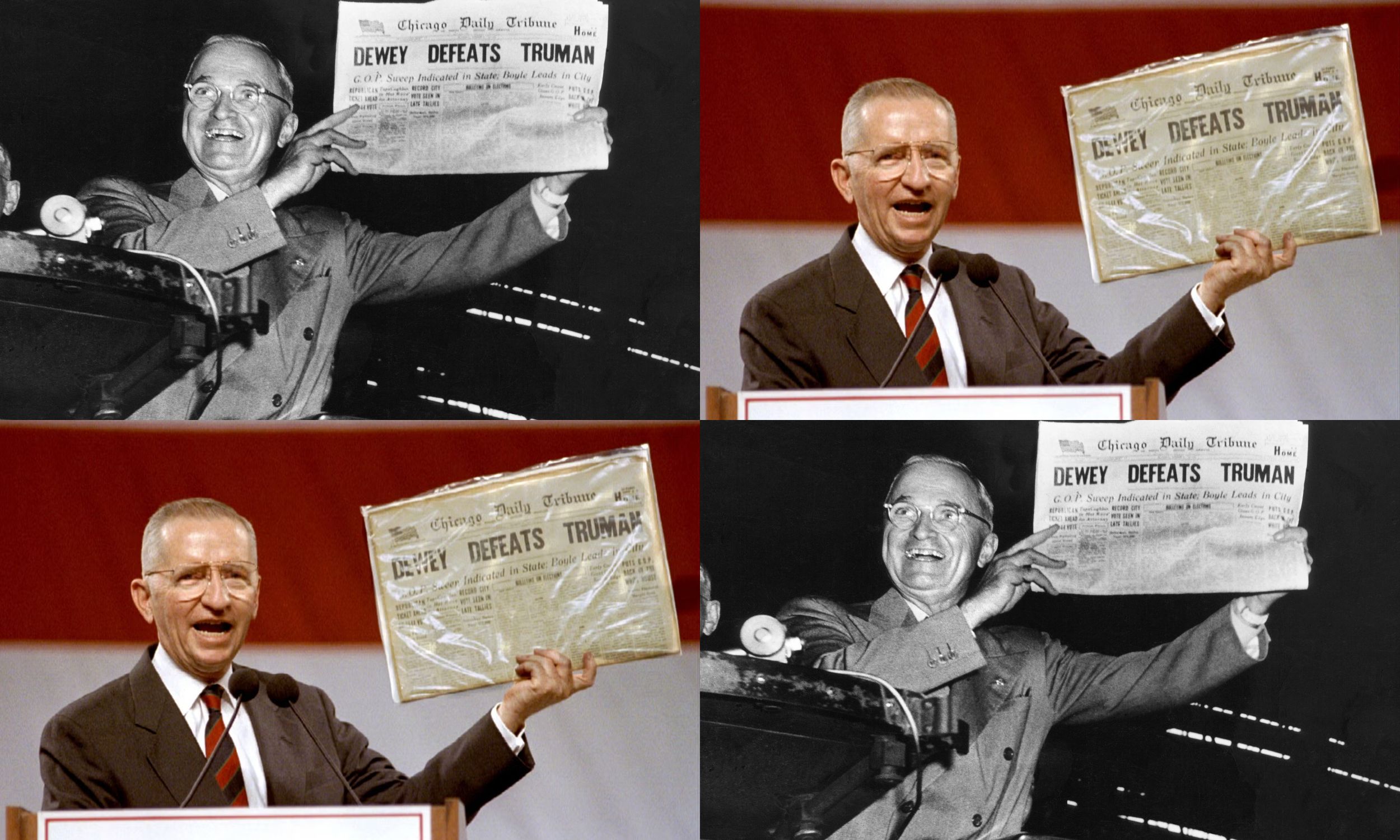Kamala Harris’s presidential campaign is drawing comparisons to Thomas E. Dewey’s ill-fated 1948 bid, which was widely expected to succeed but eventually failed. Harris’s initial weeks on the campaign trail have been marked by a reserved approach, drawing criticism and impatience from various political quarters.
Despite Harris’s avoidance of the media—she has yet to give an interview or hold a press conference since becoming the Democratic nominee—the New York Times reported that some strategists believe she is following the right course.

However, a look back at Dewey’s campaign might suggest otherwise. Dewey, a three-term Republican governor of New York, lost the presidency twice despite being the party’s nominee. In 1948, he opted for a cautious, above-the-fray strategy against President Harry Truman, avoiding controversy and sticking to safe themes like national unity.
Dewey resisted Republican leaders’ calls for a more aggressive campaign, famously refusing to “get down into the gutter” with Truman. While there are differences between 1948 and 2024—such as the media landscape and party unity—the similarities in campaign strategies are striking.
Harris, like Dewey, is running a campaign light on specifics, framing the race as a referendum on an unpopular opponent. Both candidates faced accusations of flip-flopping and were favored by the press while dealing with opponents known for their rhetorical excess.
Dewey’s strategy, which seemed popular at the time, finally failed when Truman launched a vigorous, nationwide campaign that defied pollsters’ predictions. Dewey’s cautious approach was harshly criticized after his unexpected loss, a cautionary tale that might resonate today as Harris navigates her own campaign.


